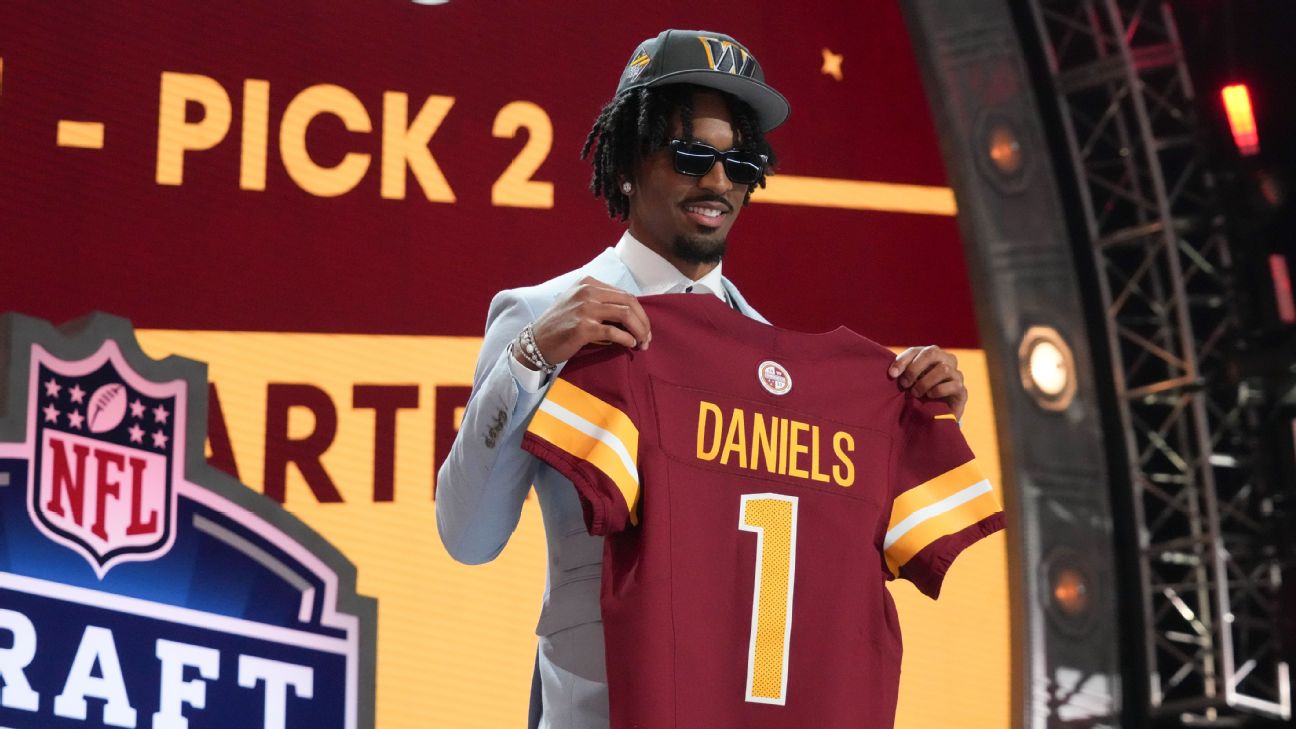Highway 99 turns 100
FRESNO, Calif. (KFSN) -- The main highway that connects the Central Valley to the rest of the state is marking a milestone this year. The original road that became Highway 99 was started in 1915.
Joe Moreno is at the wheel of a 1947 Chevy. His dad, Manuel is riding shotgun. Manuel is 95, and he's been travelling this road most of his life.
"My first car was a model a Ford, 1931, little convertible, oh man I was crazy about that car," said Manuel. "We used to come up here. I guess I was about 16-years-old then."
Manuel became a truck driver, hauling produce and just about everything else up and down the state for more than 60 years.
Highway 99 was first established as a state roadway 100 years ago in 1915. Remnants of that 15 foot wide concrete slab are still visible on the old ridge route, above the Grapevine with nearly 300 curves between LA and Bakersfield. It was a 12 hour trip.
99 was designated as a federal U.S. highway in 1926. Stretching from Calexico on the Mexican border, to the Canadian border at Blaine Washington. 16 hundred miles. During the dust bowl days it was the route okies took to work the fields and orchards from Southern California to Washington state. Author Jill Livingston has written three books covering the entire length of the highway.
Livingston said, "It's not romantic like some other highways might be but it's kind of the working man's highway, is kind of how I visualize it."
Travelers on the highway, rich or poor made for business, and historian Randy McFarland notes 99 was the main drag for many Valley towns.
McFarland said, "West Front Street in Selma was lined with all sorts of highway commercial businesses or travelling businesses. First it was delivery stables then it became a home for automobile dealers."
The highway remains the economic lifeline of Central California some of the old motels and businesses that served those long distance travelers are still operating. The rusted signs of those that failed remain. Some of the cars that likely made their last ride on 99 are still in Jerry Turners wrecking yard. Jerry is 87, and has lived on this property, next to the highway all of his life.
Turner said, "I can remember in the summer months back in the 30's we'd hear sirens almost every night. It was a three lane and everyone was fighting for the center lane, and it was mentioned in life magazine as the deadliest stretch of highway in the nation."
Through Fresno the highway moved from Railroad Avenue, to H Street to Broadway. There were 16 stoplights. And everybody going north or south went under the railroad tracks on Belmont, and to the roundabout at Roeding Park.
Drivers speeding along Highway 99 may miss one iconic feature. The two trees mark the center of Highway 99 in California. The palm on the south symbolizing Southern California, the pine representing the north.
Many places along Highway 99 are gone. The last of the dozens of Mammoth Orange stands that lined the highway was taken out in 2008. Things speeded up when the last stop sign on the highway at Livingston was removed in 1996. The best preserved segments of the U.S. 99 freeway run through the Central Valley, and a cruise in a vintage car can still give you glimpse of what travel on U.S. 99 used to be.








